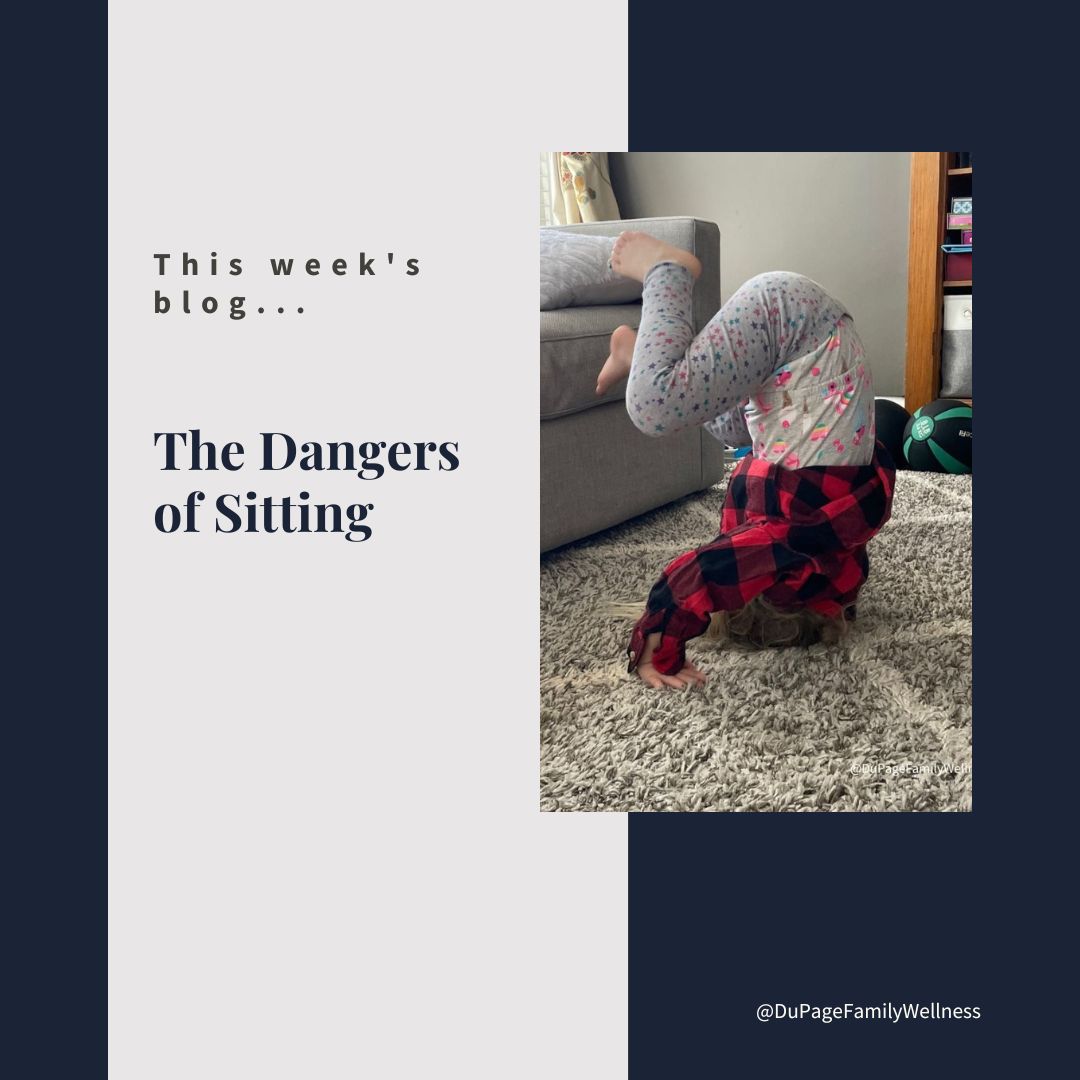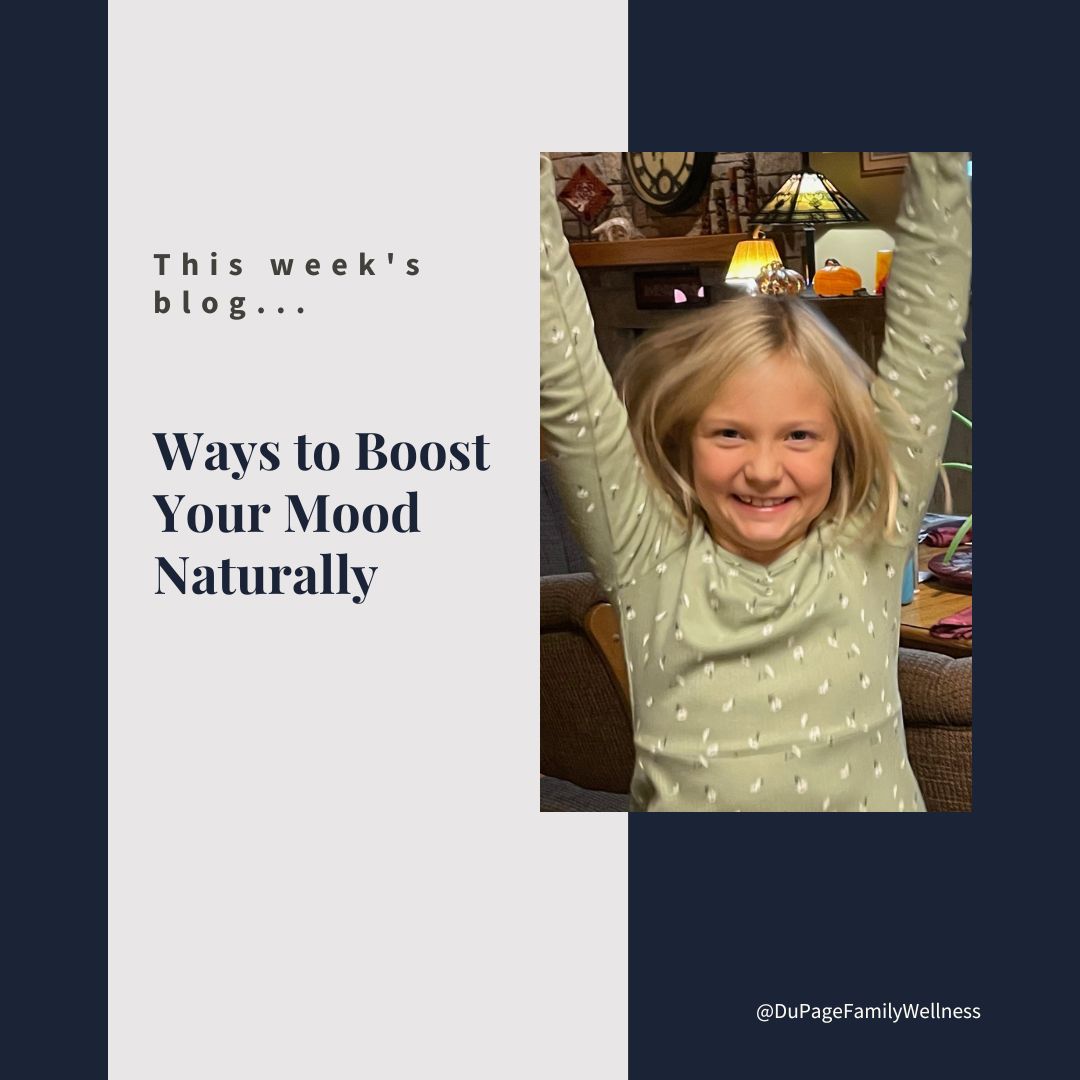Temperature: Allow yourself to experience temperatures that are beyond comfortable. Drive to work without the heat on, blast some cold water at the end of your shower, take a walk without bundling up, etc. (Again, use wisdom.)
Read more ...
 Few things as simple as hydration have such a profound impact on your health. If you aren't hydrated, you are starving every cell in your body, preventing them from working at their best. It is important for digestion, energy levels, blood volume, skin, and the mind.
Few things as simple as hydration have such a profound impact on your health. If you aren't hydrated, you are starving every cell in your body, preventing them from working at their best. It is important for digestion, energy levels, blood volume, skin, and the mind.
Dr. Hyman explains, “Water is so essential for our brains that a loss of just 1-2% can significantly impact our cognitive function, making it harder to focus, concentrate, make decisions, or even connect with others.”
If we know how important it is to stay hydrated, why is it so hard to make it a part of our daily routine? Let's remind ourselves of the benefits and look at fun ways to stay hydrated.
Proper hydration impacts
- Immune system - boosts your immune system and can help prevent infections.
- Nutrients to cells - helps deliver vitamins and minerals throughout your body.
- Kidney & liver function - vital in eliminating waste from your cells
- Weight regulation - boosts metabolism, increases satiation, and raises sympathetic nervous system activity.
- Brain function - increases sleep quality, improves mood, and sharpens attention, memory, cognition, and the ability to concentrate.
- Joints & skin - keeps joints lubricated and skin supple.
- Reduces negative symptoms - staying hydrated can help prevent headaches, irregular periods, and constipation.
- Regulates acid levels in the bloodstream
- Lowers your risk of anemia and heart attack
Fun Ways to Stay Hydrated
1. Kombucha
Kombucha is a fermented drink made with tea, sugar, and a SCOBY. That funny word is an acronym for a “symbiotic colony of bacteria and yeast.” As the bacteria eats the sugar, it produces probiotics, which are good for your gut. Some brands are high in sugar, so read the label carefully before buying a jar.
2. Water Kefir
Traditional kefir is a fermented drink made from milk with a variety of bacteria and yeast. Water kefir uses the same process but uses water as the base. It is easy to make. Just get the grains, put them in sugar water, and let them ferment. Some people enjoy adding flavor to enhance the taste. You can also do a second fermentation to make it bubbly.
3. Coconut Water
Coconut water is naturally sweet, making it taste great. It is a good source of nutrients such as magnesium, calcium, phosphorous, and potassium. In fact, it has more potassium than a banana. Look at the ingredients, though, because some companies add sugar, preservatives, or additives.
4. Mineral Water
Mineral water with a splash of juice gives you the flavor without the higher sugar levels of straight juice. You can also put a couple of tablespoons of balsamic in your sparkling water. Start with a fruity flavor such as mango, blueberry, strawberry, peach, or lemon.
5. Tea
Tea has been used for centuries for its health benefits. It is thought to decrease inflammation while improving gut health. With so many flavors, tea is a great alternative to coffee. As with most things, quality matters. Traditional tea bags may release chemicals and mycotoxins as they steep. Organic loose-leaf tea made with an infuser is a safer choice.
6. Zevia (if you can't give up soda just yet)
This soda contains only pure ingredients and has lower sugar levels than traditional soda. Many flavors mock popular drinks on the market. It can often be found at Target, Jewel, Whole Foods, and Walmart.
Let me know your tricks for staying hydrated.
Dr. Jamie
 I am more concerned about the level of movement you get throughout the day than how much you workout. Our culture is so focused on exercise that we forget the value of simply moving throughout the day.
I am more concerned about the level of movement you get throughout the day than how much you workout. Our culture is so focused on exercise that we forget the value of simply moving throughout the day.
We think we are living an active lifestyle if we go to the gym regularly; however, if we sit the rest of the day, we are still living a sedentary lifestyle.
Let's explore how we can change our mindset around movement.
The Danger of Sitting
According to Dr. James Levine, the director of the Mayo Clinic-Arizona State University Obesity Solutions Initiative, “Sitting is more dangerous than smoking, kills more people than HIV, and is more treacherous than parachuting. We are sitting ourselves to death.”
Even more surprising is that the negative effects of sitting are apparent in those who exercise daily. We need to change our view of movement and find ways to incorporate natural movement into each part of our day!
Cavemen's Workouts
When you think about the history of mankind, setting time aside to exercise is a fairly new concept. Movement was simply a part of life for most of our ancestors, as their survival depended on it. They didn’t need to go to a gym, because they moved to secure food, shelter, and safety.
This functional movement got their whole bodies moving; they did natural movements in a natural environment. This is very different from the precise repetitive movements that most of our workouts at the gym include.
Are You Living in Captivity?
In the wild, orca whales can swim 100 miles daily while foraging for food. In captivity, this natural unrestricted movement is not possible. Instead of swimming through the ocean without restriction, the captive orca spends its day swimming in circles. This lack of natural movement is one reason an orca’s fin may collapse while living in captivity.
As humans, we restrict our movement due to work, busyness, or other lifestyle choices. We have put ourselves into “captivity” without even realizing it!
Ways We Put Ourselves in Captivity
- spending hours in one position (sitting in a chair at work or resting on a couch at home)
- walking on flat ground
- binding our feet in shoes (sometimes really unnatural shoes like high heels)
- engaging in repetitive exercise
- using machines that force our bodies into precise, but unnatural movements (ellipticals, treadmills, etc.)
Human’s “Collapsed Fin”
Instead of a collapsed fin, our lack of natural movement can show up in...
- knee pain
- hip pain
- collapsed arches
- arthritis in your joints
- tight hamstrings
- leaky pelvic floors
- bunions, etc.
Many patients tell me that they have “bad knees” or a “bad back," but most never consider why. We must look at how we move (or do not move) our bodies, as well as the cumulative stress we have put (or not put) on our muscles, ligaments, tendons, and joints.
Incorporating Natural Movement in Your Life
Long-term change is the goal, so start small and work your way up.
- walk somewhere instead of driving
- sit on the floor instead of reclining on the couch
- take a movement break at work
- make a phone call while standing
Read more ...
 We have four weeks and one day until spring! That's right; spring begins on March 20th at 4:01 Central Standard Time.
We have four weeks and one day until spring! That's right; spring begins on March 20th at 4:01 Central Standard Time.
Seeing the end of the wintery tunnel is a welcome sight for many, but we still need to get through the next 29 days.
Let's look at some natural ideas to boost your mood any time of the year.
Nutrients
Make sure to give your body the nutrients it needs to thrive. This includes eating enough calories including healthy protein, carbs, and fat. Doing this through whole food sources will help provide the vitamins and minerals you need. So focus on eating meats, vegetables, fruits, nuts, and seeds at every meal.
Packaged items are often high in sugar, refined grains, and omega-6 fatty acids. They also tend to contain chemicals and preservatives. These things do not provide good nutrients and cause inflammation in the body. Many common health concerns involve inflammation, so minimize these ingredients and stick to whole food.
Whole foods support the beneficial microbiome in our gut, especially if you eat fermented foods. Foods like yogurt, sauerkraut, kimchi, and kefir are rich in probiotics. You can encourage the good bacteria to multiply by giving it the food it needs. It thrives on fiber from fruits, vegetables, and starchy tubers.
Sleep
Getting the proper sleep helps boost your mood. Sleep in a cool room with a comfortable bed. Keep your room quiet or consider a sound machine. Only use your bedroom for sleep and sex. Generally, you will benefit from not being overly full or hungry. Be sure your diet isn’t too low carb or low fat. Since caffeine and alcohol interfere with your circadian rhythm, limiting them (especially later in the day) will help you sleep better at night.
Exposure to natural bright light in the morning may be the most important habit for a great night's sleep because it helps reset your circadian rhythm. Finding ways to be outside in these Chicago winters can be challenging, but exposure to natural light is extremely beneficial. It helps your sleep and directly impacts your mood significantly. Too much artificial light, however, can negatively impact your sleep and mood. Install black-out curtains, cover electronics that emit light, avoid screens two hours before bed (computers, smartphones, television, etc.), use blue light-blocking glasses, and wear a sleep mask.
Sleep hygiene is important, but good habits will not matter if you do not make enough time for sleep. Mathew Walker says, “You have more of a chance of being struck by lightning than you do of being in that tiny, tiny minority of people that can thrive with fewer than 7 ½ to eight hours of sleep.” And, remember, being in bed for eight hours does not equal a full eight hours of sleep; you need to account for the time it takes you to fall asleep.
Movement
I am more concerned about how much you move throughout the day than how much you exercise. When you think about the history of mankind, setting time aside to exercise is a fairly new concept. Our ancestors didn’t need to go to a gym, because they moved to secure food, shelter, and safety. It was a natural part of their life; their survival depended on it. Children also incorporate movement naturally in fun spontaneous ways. Unfortunately, we tend to lose this as we get older and "more mature."
Take some time to think about how often you move throughout your day as an adult. If your job requires you to sit for eight hours, are there ways to break it up? Remember that movement doesn't have to be strenuous. It could be as simple as walking to the water fountain, standing up for a phone call, or discretely stretching in your seat.
Here are some other ways to include movement in your daily life...
- sit on the floor or stand instead of reclining on a couch or a chair with a back
- take a movement break at work
- carry your child instead of using a stroller
- use the basket instead of a grocery cart
- put on music and dance around your house instead of watching TV
- take the stairs instead of the elevator
- park further away at a store
Read more ...
 People-pleasing can take many forms, but key elements are putting other people’s needs, desires, and opinions above our own. You may feel like you have to agree with others, habitually volunteer, excessively apologize, or never ask for help.
People-pleasing can take many forms, but key elements are putting other people’s needs, desires, and opinions above our own. You may feel like you have to agree with others, habitually volunteer, excessively apologize, or never ask for help.

 Life can feel pretty overwhelming. Even good things like hobbies, friends, and family take time. You may feel like there aren’t enough hours in the day, so there isn’t enough time to get a good night’s sleep.
Life can feel pretty overwhelming. Even good things like hobbies, friends, and family take time. You may feel like there aren’t enough hours in the day, so there isn’t enough time to get a good night’s sleep. Michael Easter's The Comfort Crisis is both challenging and inspiring. The book combines his personal story, extensive research, and expert contributions.
Michael Easter's The Comfort Crisis is both challenging and inspiring. The book combines his personal story, extensive research, and expert contributions. Few things as simple as hydration have such a profound impact on your health. If you aren't hydrated, you are starving every cell in your body, preventing them from working at their best. It is important for digestion, energy levels, blood volume, skin, and the mind.
Few things as simple as hydration have such a profound impact on your health. If you aren't hydrated, you are starving every cell in your body, preventing them from working at their best. It is important for digestion, energy levels, blood volume, skin, and the mind. I am more concerned about the level of movement you get throughout the day than how much you workout. Our culture is so focused on exercise that we forget the value of simply moving throughout the day.
I am more concerned about the level of movement you get throughout the day than how much you workout. Our culture is so focused on exercise that we forget the value of simply moving throughout the day. We have four weeks and one day until spring! That's right; spring begins on March 20th at 4:01 Central Standard Time.
We have four weeks and one day until spring! That's right; spring begins on March 20th at 4:01 Central Standard Time.